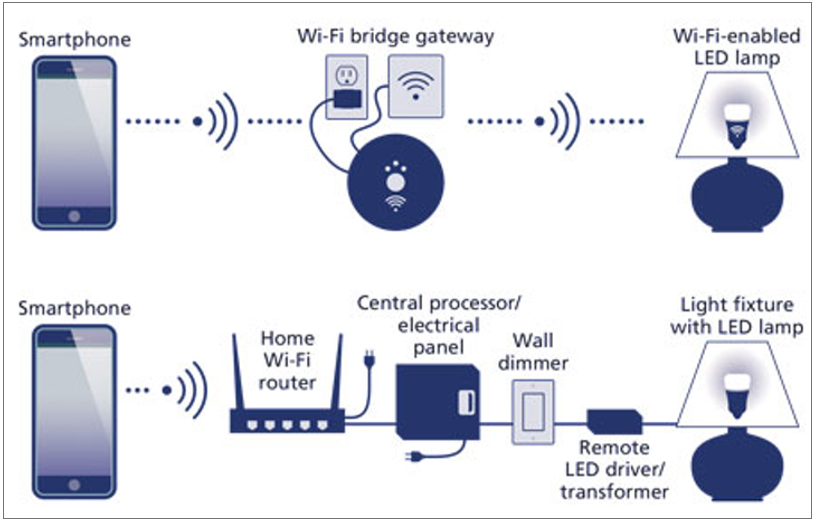What is IoT
and what is it so important?
IoT or Internet of Things is a large network of physical
objects such as sensors and equipments that extend beyond the traditional
computer network, for the purpose of connective and exchanging data with other
devices and systems over the internet.
IoT has become the most important Technology of this 21st
century. Today, we can connect day to day using equipments - appliances cars
personal computers TVs - to the internet and seamless connection is possible
between them.
How big is
IoT?
It is enormous. In another word big and getting bigger. There
are more than 50 billion IoT devices as of 2020. Tech Analysts predict that
there will be 41.6 billion connected IoT devices by 2025. The amount of money that
invested in the IoT market a similarly staggering; estimates on the value of of
the market in 2025 range from $1.6 trillion to $49.4 trillion.
How does
IoT work?
The basic elements of the IoT are devices that gather data. They
are internet-connected devices. They can be include in in personal devices like
fitness tracker that monitor the number of steps we take each day, the heartbeat, and much more. To make that the data useful it needs to be collected,
processed, filtered, and analyzed.
Collecting the data is done by transmitting it from the
devices to a gathering point. Moving of the data can be done by wired or
wireless network. The data can be sent over the internet to a data centre or
cloud that has storage and compute power or the transfer can be staged, with
intermediary devices aggregating the data before send it along.
Data Processing can take place in data centres or cloud. The
software performs processing on the acquired data.
Picture 1 www.networkworld.com
Advantages of IoT.
Efficiency and Productivity - Interaction between
machine to machine provide better efficiency. So, the accurate results can be
obtained fast. This also improve productivity.
Cost Reduction - The biggest advantage of IoT is
saving money. IoT fundamentally proves to be very helpful to people in their
daily routine by making the appliances communicate to each other in an
effective way thereby saving energy and cost.
Customer Experience – Front-end customer engagement
has become a vital factor for organizations as they look to engage better with
their audiences, through IoT devices. All of these capabilities provides
opportunities to enhance the level of interaction with their customers.
Business opportunities - IoT provide ability to collect
data from the network and advanced analytics, Artificial Intelligence, and make
it easy to uncover business insights and opportunities. IoT’s ability to
connect products and services as they relate to customer behaviors, business
are delivering new and updated products and services to their expanded customer
base.
Disadvantages
of IoT.
Data breach - Privacy is a big issue with IoT.
For bring about the desired results, IoT devices first share data over the
internet. This may result data breach. Any level of data breach can disturb the
personal and professional life to an extreme level. So, all the data must be
encrypted.
Complexity - IoT is complex and there are
different types of networks, which means glitches in applications or IoT
infrastructure can happen anytime. And this can lead to serious consequences.
The loss of jobs - These Technologies take away
jobs, which is nothing less than trouble for less educated or low - income
level people. For an example; companies, who have invested in chat bots
services, don't need employees 24*7 to converse with customers.
Example for
IoT.
The common and daily using instance for IoT is smart lightning. Bulbs that are connected to WiFi can be turned on and off with smartphone application, from anywhere in the world, through internet. Usage can be scheduled for these devices and power consumption can also be easily monitored using IoT.
Picture 2 https://img.ledsmagazine.com
-Banuka-
Resources




This comment has been removed by the author.
ReplyDeleteSuperb.... keep it up....
ReplyDeletePost a Comment